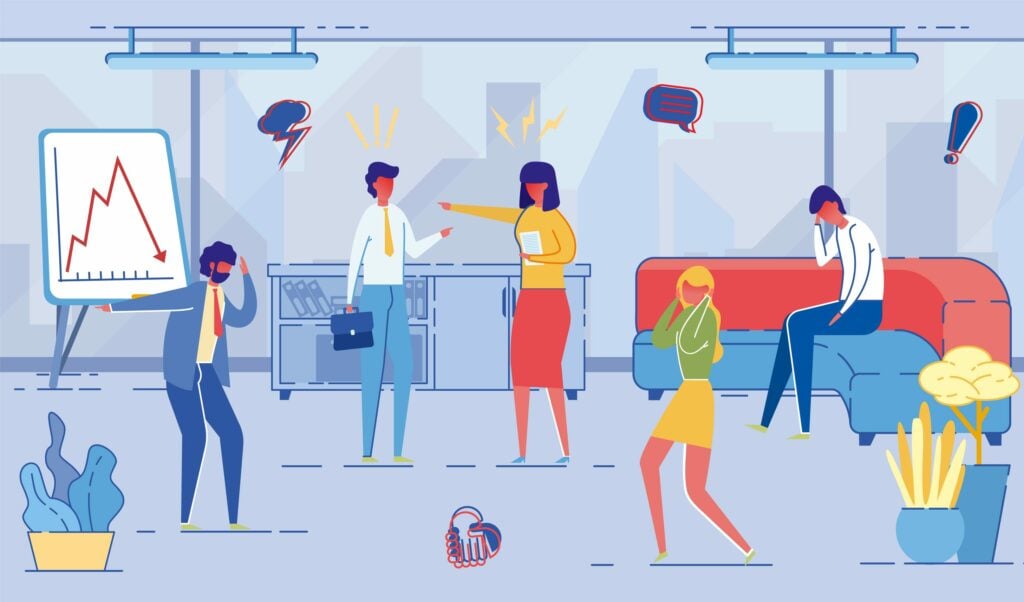How to tell the difference between sadness and depression
Reviewed by Stephanie Steinman, PhD, CSAC


Everyone feels sad from time to time. It’s a normal and healthy human emotion. In some cases, though, sadness can point toward something more serious, like depression. Because the characteristics of sadness and symptoms of depression often overlap, it can be difficult to differentiate between the two.
Sadness is a mood state characterized by emotional pain that we feel when we experience loss, setbacks, or disappointments. It can be mild and last for a short period, or it can be more severe and linger for weeks or even months.
Depression, also called major depressive disorder (MDD), is a mental illness that causes persistent feelings of sadness, hopelessness, and loss of interest. It can impact every aspect of your life, from how you think and feel to how you eat, sleep, and interact with others.
Depression is common, affecting around 5% of the global adult population.1 But, unlike sadness, not everyone experiences it in their lifetime.
Behavioral characteristics of sadness
Sadness doesn’t have “symptoms” because it’s not an illness—it’s an emotion. That said, certain feelings and behaviors do tend to go along with being sad:
- Finding it hard to concentrate or make decisions
- Feeling overwhelmed or hopeless
- Losing interest in things you used to enjoy
- Sleeping more or less than usual
- Withdrawing from friends and family
- Comforting yourself with food, alcohol, or drugs
- Experiencing physical symptoms such as crying, muscle tension, rapid heartbeat, or upset stomach
These characteristics can vary in intensity and duration, depending on the underlying cause of your sadness. For example, if you accidentally break your favorite mug, you might feel mildly sad about it for a day or so.
But if you unexpectedly lose your job, you might feel extremely sad about it for weeks or even months, especially if you struggle to find a new one. This type of major loss can be more difficult to cope with, meaning there’s a higher likelihood your sadness may turn into depression.
Signs and symptoms of depression
Depression is a complex condition that can cause a wide range of physical, emotional, and behavioral symptoms. The most common of these include:
- Persistent low mood state
- Loss of interest and pleasure in almost all activities
- Significant changes in eating habits characterized by an increase or decrease in appetite and/or weight
- Fatigue or low energy
- Restlessness that leads to irritability or agitation
- Changes in sleeping patterns
- Trouble concentrating or making decisions
- Feelings of guilt or worthlessness
- Persistent thoughts about suicide or death
- Physical ailments such as headaches, digestive issues, and chronic pain
To indicate depression as it’s clinically defined, at least five of the above symptoms must be experienced nearly every day for at least two weeks.2 Persistent depressive disorder means experiencing at least two of the symptoms for more than two years for adults, or one year for children and adolescents.3 A mental health professional can determine whether your symptoms meet the criteria for a diagnosis.
How to tell whether you’re sad or experiencing depression
The behavioral characteristics of sadness and the symptoms of depression are quite similar, but there are several ways to tell them apart. Here are a few questions you can ask yourself to help clarify what you’re experiencing:
What’s causing me to feel this way?
If your feelings were triggered by a specific event, like a job loss or the death of a loved one, it’s more likely that you’re experiencing a normal emotional response to a difficult situation—even if your feelings seem very intense. But if you can’t pinpoint the cause of your low mood, or if you’ve been feeling down for no apparent reason, it could be a sign of depression.
How long have I been feeling this way?
If your feelings subside once the situation has passed and you’ve had time to process it, you may be experiencing sadness. But if your feelings linger for weeks or months, that could be a sign you’re dealing with depression.
How have my feelings affected my daily life?
Sadness might make it hard to concentrate or make decisions, but it shouldn’t have a significant impact on your ability to function day to day. Depression, on the other hand, can make it hard to carry out even the simplest tasks. If your low mood is interfering with work, school, or your personal life, it may be a sign of depression.
Do I have thoughts about suicide or death?
Suicidal thoughts are a major red flag for depression. If you’re thinking about harming yourself or taking your own life, please get help right away. You can call the 988 Suicide & Crisis Lifeline at 988 or 1-800-273-TALK (8255) for free, confidential support 24 hours a day, 7 days a week, or text HOME to 741741 for the Crisis Text Line.
You can experience depression without feeling sad
Although sadness is a main component of clinical depression, it’s possible to experience depression without feeling sad.4 Instead of sadness, a person with depression may feel numb, empty, or as if they lack purpose or meaning in life. They might also feel fatigued or restless, but not necessarily sad.
The range of feelings associated with depression helps us remember that just because someone doesn’t look or act sad doesn’t mean they’re not depressed. Sadness does not equal depression, and vice versa.
Overcoming sadness vs. treating depression
Because sadness is a universal emotion and not a mental health condition, it doesn’t require treatment. However, there are ways to cope with and manage feelings of sadness until they pass. These include:
- Allowing yourself to feel sadness
- Expressing your feelings through writing, art, or music
- Spending time with supportive people
- Staying active, eating nutritious foods, and getting enough sleep
- Engaging in hobbies and activities you enjoy
Depression is a serious mental illness that requires professional help. A person can’t just “snap out” of depression by being reminded to focus on the positive. Treatment for depression typically involves a combination of psychotherapy and medication.
If your sadness is impacting your ability to function, or you think you may have depression, we encourage you to reach out for help. Visit our directory to connect with a therapist near you.
Sources
About the author
Elise Burley is a member of the therapist.com editorial team. She has more than a decade of professional experience writing and editing on a variety of health topics, including for several health-related e-commerce businesses, media publications, and licensed professionals. When she’s not working, she’s usually practicing yoga or off the grid somewhere on her latest canoe camping adventure.
Related articles

Chronic pain and mental health
Chronic pain and mental health share a complex relationship, but those who...

Whether you lost someone recently or long ago, grief can feel overwhelming. But...

Mindfulness and mental health: Techniques and therapies
Mindfulness techniques can be helpful in managing symptoms of anxiety, stress...

Should you quit your job for your mental health?
It’s normal for work to feel stressful sometimes. But when it starts to...